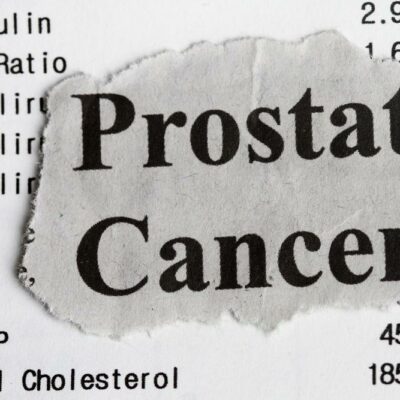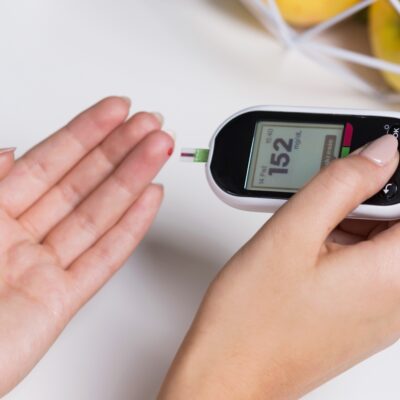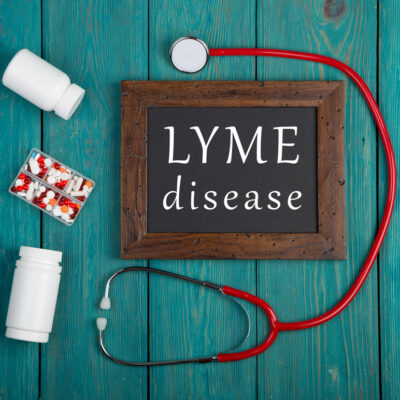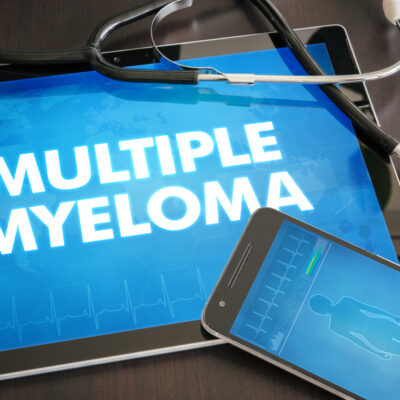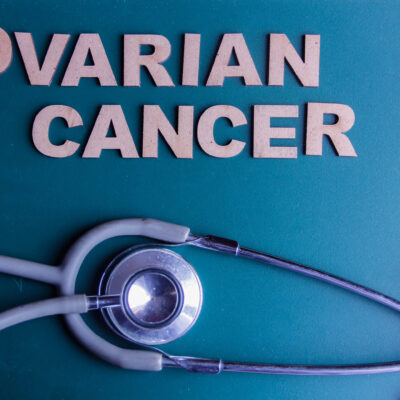
General Health
Symptoms, causes, and prevention of ovarian cancer
The ovaries, responsible for the production of eggs and hormones, are a part of the female reproductive system. About the size of an almond each, there are two ovaries present in the reproductive system. As the name suggests, ovarian cancer originates in the ovaries. Often going undetected during the initial stages, this cancer can spread to the pelvic and abdominal regions. It is harder to treat ovarian cancer once it progresses to an advanced stage. Symptoms While initial stages of cancer hardly cause any symptoms, an advanced stage may show signs that can often be mistaken for common health conditions. The usual symptoms for ovarian cancer are as follows: Abdominal swelling Low appetite Weight loss Uneasy sensation in the pelvis Constipation Frequent urination If you, or anyone you know, experience any of the above symptoms, it is wise to consult a doctor immediately. In case you have a family history of ovarian cancer, your doctor might recommend you to a genetic counselor in an attempt to test the risks of your developing ovarian cancer. Causes Even though risk factors have been determined, the underlying cause of ovarian cancer is yet to be found. Generally, cancer is the result of cells developing errors in their DNA.
Read More 
